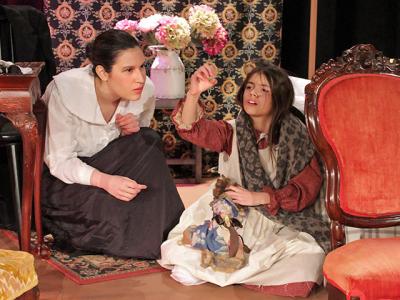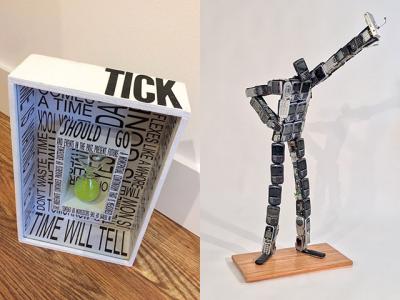Salon Series Returns With Dorian Wind Quintet
Salon Series Returns With Dorian Wind Quintet
The Salon Series of classical music concerts at the Parrish Art Museum in Water Mill will launch its sixth season with a performance by the Dorian Wind Quintet on Friday at 6 p.m. The group consists of Gretchen Pusch on flute, Gerard Reuter on oboe, Benjamin Fingland on clarinet, Adrian Morejon on bassoon, and Karl Kramer-Johnson on French horn. Tomorrow’s program will include two compositions by Bach, Elliott Carter’s 1948 Woodwind Quintet, and works by two contemporary composers, Lalo Schifrin and Amanda Harberg.
Subsequent programs will feature Drew Petersen (May 4) and Inna Faliks (May 11) on piano, and the New Docta Ensemble (May 18). Tickets are $25, $10 for members, and include post-concert receptions with the performers.



